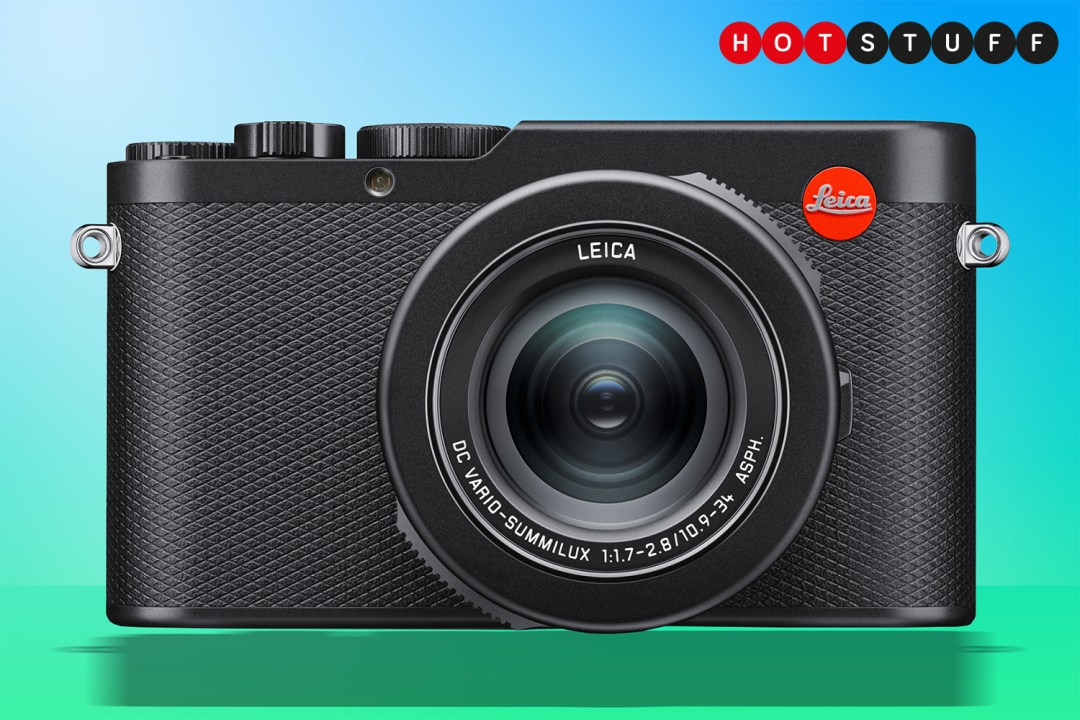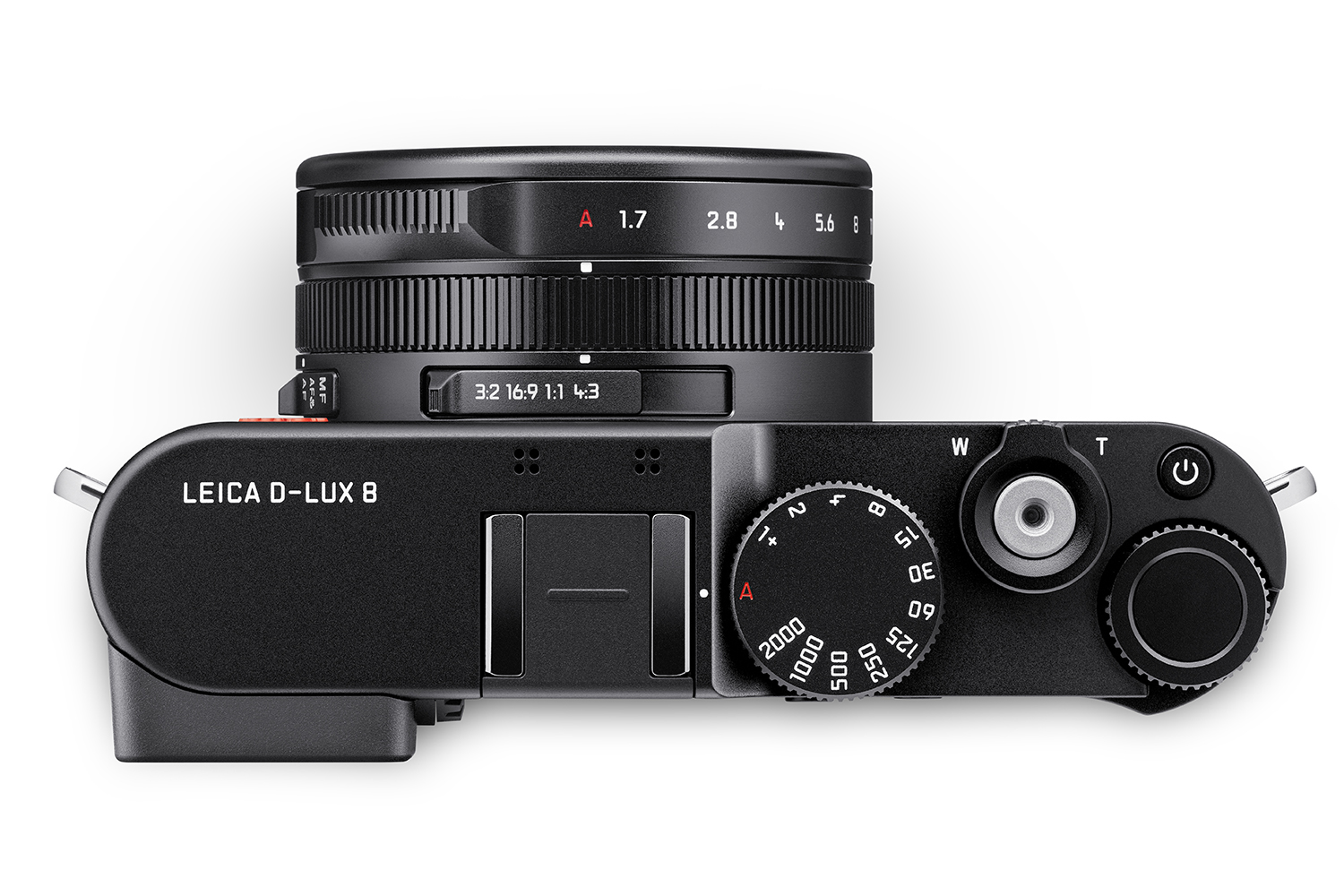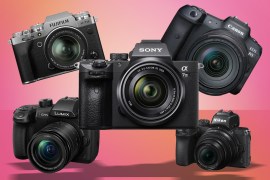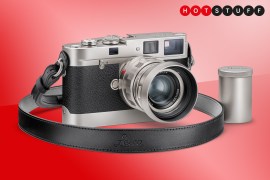The Leica you might actually be able to afford is now on sale
4/3in sensor and fixed lens takes the fight to Fuji

Anyone who even remotely considers themselves a photography fan will have lusted over a Leica at some point in their lives – but most will have quickly discounted the thought after seeing how much the fixed-lens and mirrorless cameras usually go for. The Leica D-Lux 8 finally looks set to change all that – no lottery jackpot required.
Announced back in May, the fixed-lens compact is now officially on sale. It has been given a radical glow-up that closely mirrors the phenomenal Leica Q3. That remains the full-frame flagship, with the D-Lux 8 using the same 4/3in, 21MP CMOS sensor as the outgoing D-Lux 7. Only 17MP of that is used for imaging here, with an aspect ratio switch on the lens barrel ensuring all shots use the maximum amount of photo diodes. It’ll be a boon to content creators that post to multiple social feeds.
The last-gen model’s Vario-Summilux 10.9–34mm, f/1.7–2.8 zoom lens also makes a return here. Optical stabilisation gives it an edge over close rival fixed-lens compacts.
Unlike the D-Lux 7, which was a joint effort with Panasonic that borrowed heavily from the LX100 II, the new model is an all-Leica creation externally. That means a much simpler set of controls at the rear and a stripped-back top plate. It’s made from magnesium alloy, with a leatherette wrap at the front. There’s no waterproofing here, though.
The new touchscreen interface was inspired by the Q range, though the screen itself is fixed in place, rather than gaining any sort of tilt or flip-out abilities. It also features a 2.4MP OLED electronic viewfinder – something I thought was sorely missing from the Panasonic Lumix S9.


Underneath it’s more of the same, with 11fps continuous shooting, ISO200-25,600 stills and 4K/30p video recording. USB-C charging conforms to EU regulations, and a micro HDMI port is onboard as well. It’ll also pair with Leica’s Fotos app, which handles wireless image transfers, location tagging and remote shutter control.
Storage is by way of a single UHS-II SD card slot; on-board SSDs are strictly reserved for Leica’s top-tier cameras. Battery life is quoted between 260 and 300 shots, depending on whether you favour the EVF or LCD touchscreen for composition.
Updating the D-Lux for 2024 makes a lot of sense. Rangefinder-style compact cameras have been racking up millions of social media views lately, with the Fujifilm X100VI almost instantly going onto back-order straight from launch. And seeing how Sony, Panasonic and Nikon have all taken the interchangeable lens approach, that only really left Leica and Ricoh competing in the fixed-lens space.
The D-Lux 8 was never going to be a value champion, but this looks like an excellent way into Leica ownership – and will be considerably easier on the wallet than the £5000+ Q3. US pre-orders went up at $1595, while UK pricing was set at £1450. That’s quite the hike from the D-Lux 7, which launched in 2018 for $999/£1195, but ever-so-slightly undercuts what Fuji is currently asking for an X100VI.



